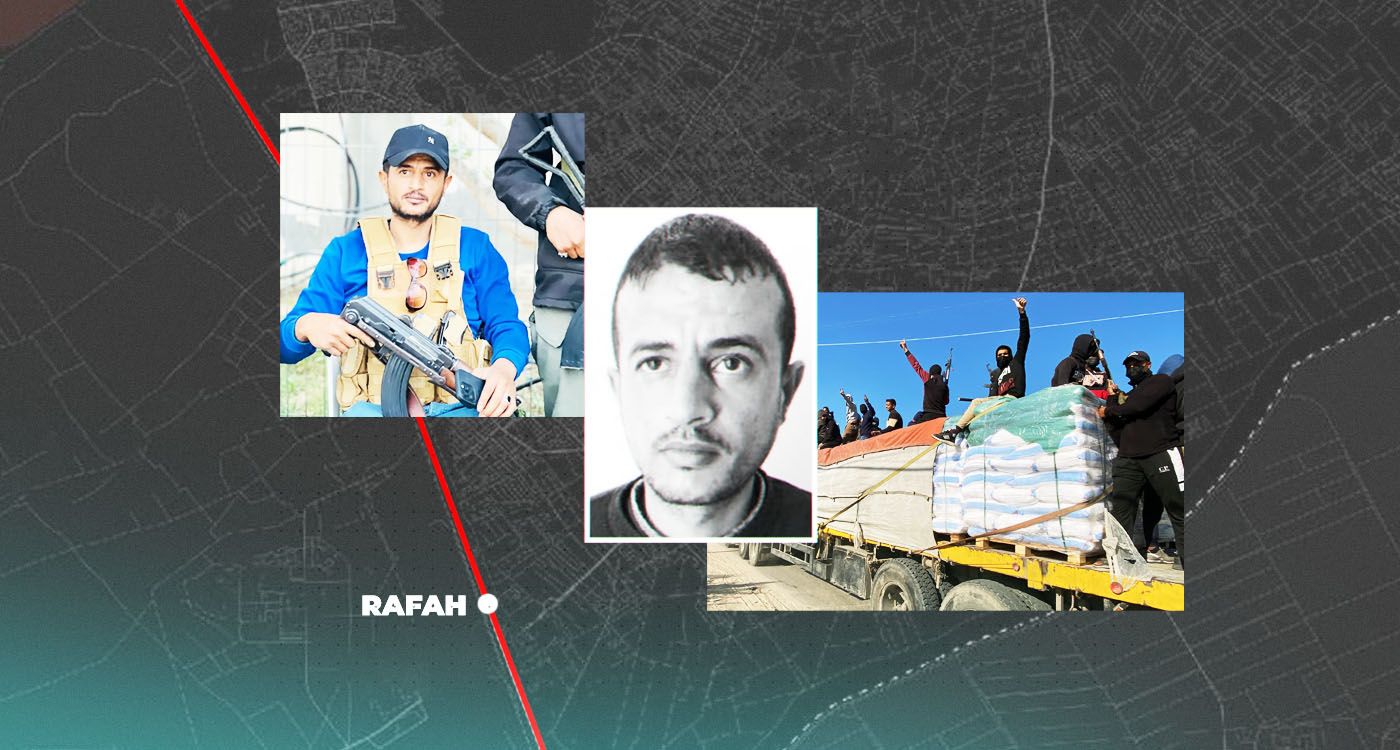- Home
- Arab World
- In Gaza, the Shadow of a Hamas Rival Gains Ground

©This is Beirut
As Hamas’s uncompromising stance continues to cost dozens of Palestinian lives daily, public anger is mounting. In this climate of deepening disillusionment and insecurity, Yasser Abu Shabab is emerging as a powerful new actor challenging the status quo.
A Leader from a Powerful Bedouin Clan
Yasser Abu Shabab comes from the Tarabin, a powerful Bedouin tribe rooted across southern Gaza, Egypt’s Sinai Peninsula, and Israel’s Negev Desert. His clan has long been involved in cross-border smuggling—of weapons, cigarettes, and electronics—through the tunnel networks connecting Rafah to Egypt and Israel.
Initially, Hamas tolerated these activities before attempting to assert control over them. According to sources cited by The Jerusalem Post, the Islamist group eventually expelled the clan from Rafah, forcing its members to relocate across other parts of Gaza.
For years, Abu Shabab maintained a low profile, unaffiliated with any formal political movement. Pro-Hamas media portray him as a criminal with alleged ties to ISIS. His name began to surface prominently during the war between Israel and Hamas, which erupted in October 2023, as humanitarian aid became a fiercely contested resource.
A UN memo cited by the Washington Post in late 2024 identified Abu Shabab as a key actor in the organized looting of humanitarian convoys in southern Gaza. This controversial reputation has grown as the war continues to fragment the territory.
An Opportunistic Militia
In spring 2025, Yasser Abu Shabab publicly emerged as the leader of the “Popular Forces,” an armed militia operating mainly around Rafah and the Kerem Shalom crossing—a key border point between Gaza and Israel/Egypt. He claims the group’s mission is to “protect Palestinians from Hamas terrorism and aid theft,” releasing videos showing armed fighters overseeing food distribution.
On the ground, opinions are sharply divided. While some praise his efforts to secure aid convoys, others—including UN reports—accuse his militia of violent attacks, extortion, and systematic diversion of humanitarian aid.
According to Haaretz, his fighters reportedly demand bribes to allow aid trucks to pass. Drivers who refuse are beaten, and their cargo is stolen and sold on the black market. A portion of the aid is then locally redistributed, strengthening Abu Shabab’s grip over key neighborhoods.
On May 26, he posted footage of his men escorting humanitarian convoys—a bold and direct challenge to Hamas’s authority.
Exploiting the Void
The Israeli advance and the resulting loss of Hamas control over key parts of Gaza—particularly eastern Rafah—have created a dangerous security vacuum. Armed clans such as the Boghmouch, Abu Risha, and Abu Shabab have seized this opportunity to reassert influence locally.
During the last winter truce, Hamas sought to reestablish dominance through arrests, torture, and targeted executions. But when fighting resumed in March, these militias returned stronger and more assertive. As a former security official told the Jerusalem Post: “In Gaza, there is no vacuum—either Hamas rules or the clans impose their own law.”
A stark example of this power shift occurred in late May near Khan Younis, when gunmen suspected of ties to Yasser Abu Shabab attacked a convoy of 31 trucks. The intervention of Palestinian guards triggered an Israeli retaliation that killed six agents.
Hamas accuses Abu Shabab of being a pawn in Israel’s strategy to fracture Palestinian unity. Israel denies any ties to these militias, insisting it targets looters while protecting humanitarian corridors.
Caught in the crossfire, civilians face a harsh dilemma: a weakened yet authoritarian Hamas on one side, and opportunistic armed clans vying for control on the other. The rise of Yasser Abu Shabab symbolizes the deepening fragmentation of power in Gaza—a direct consequence of a war initiated by Hamas itself.
Read more





Comments